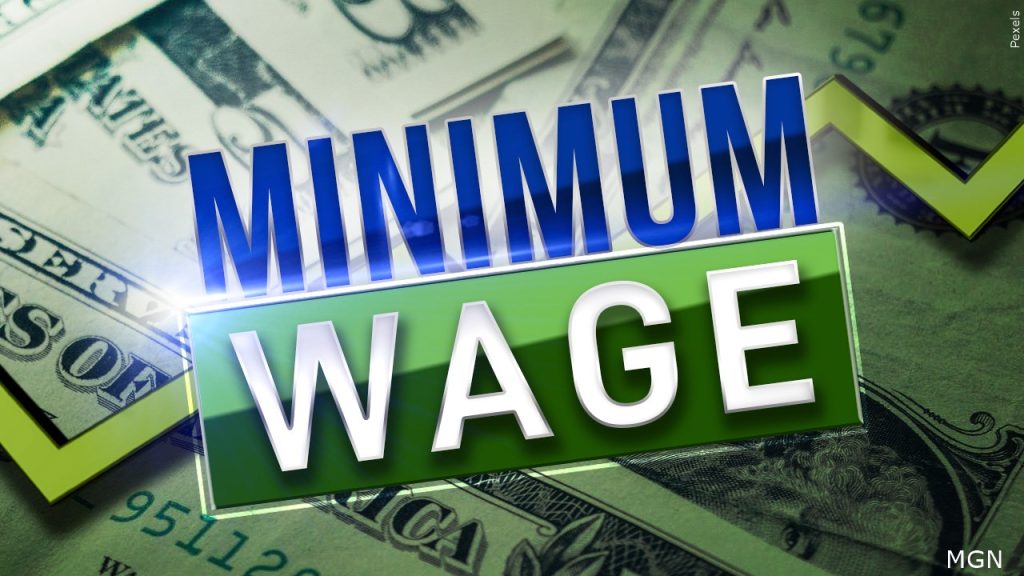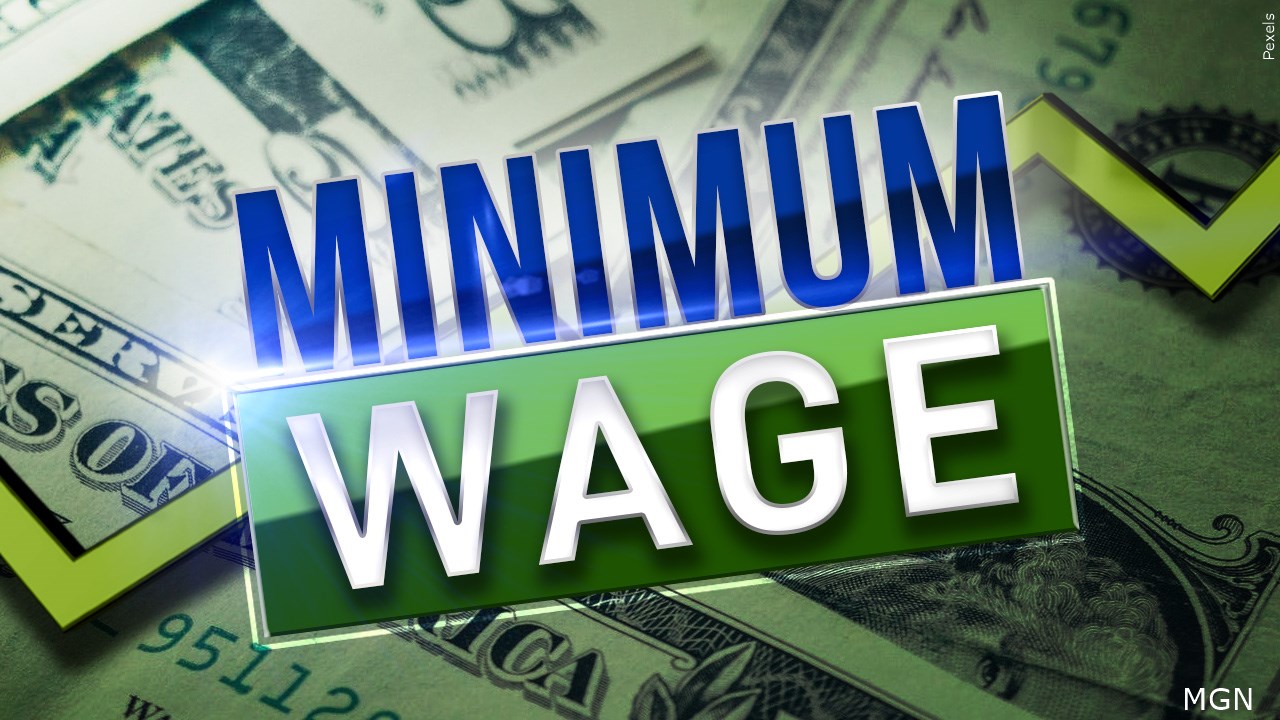Starting January 1, the minimum wage is set to increase to $14, marking a significant change in labor regulations that will impact a wide range of workers across various industries. This adjustment reflects ongoing efforts to address economic disparities and improve the standard of living for many employees. As businesses and workers brace for this shift, discussions around the broader implications of minimum wage changes continue to unfold, shaping the landscape of employment and income in the coming year.

Strengthening Labor Law Protections: Act 114 and DLIR’s Obligation
The Hawaiʻi State Department of Labor and Industrial Relations (DLIR) has revealed plans to raise the minimum wage to $14 per hour starting January 1, 2024, following the enactment of Act 114 in 2022. This legislation outlines a gradual increase in the minimum wage, reaching $16 per hour by January 1, 2026, and $18 per hour by January 1, 2028.
Director Jade T. Butay highlights that protecting employees’ health, productivity, and general well-being is the main objective of the minimum wage legislation.
The goal of the gradual minimum wage increases is to create a fair starting point and protect workers from unjustly low pay rates.
READ ALSO: Navigating Social Security Taxation: Strategies to Optimize Retirement Finances in 38 States
Adjustments to Tip Credits: Supporting Tipped Employees
In addition to the minimum wage increase, Act 114 also addresses tip credits, allowing employers to pay tipped employees $1.25 below the minimum wage from January 1, 2024, and $1.50 below the minimum wage starting January 1, 2028.
However, employers must ensure that the total income, including tips and employer contributions, is at least $7.00 more than the prevailing minimum wage. These changes reflect Hawaii’s commitment to fair compensation and continued improvements in worker standards.
READ ALSO: Arkansas had 35.6 mortgage refinances per 1,000 households in 2022, below the national average.




